The Cable Pullover exercise, a staple in the fitness world, is celebrated for its remarkable efficiency in targeting the large muscles of the back. Incorporating this exercise into your routine not only enhances upper body strength but also improves posture and stability. Ideal for both gym enthusiasts and beginners, Cable Pullovers offer an exceptional way to amplify your strength training regimen and achieve your fitness goals.
Cable Pullovers: What is it?
Cable pullovers are a popular resistance training exercise that primarily targets the muscles in the chest, back, and arms. It involves pulling a cable or resistance band from an overhead position while maintaining a stable core and controlled movement.
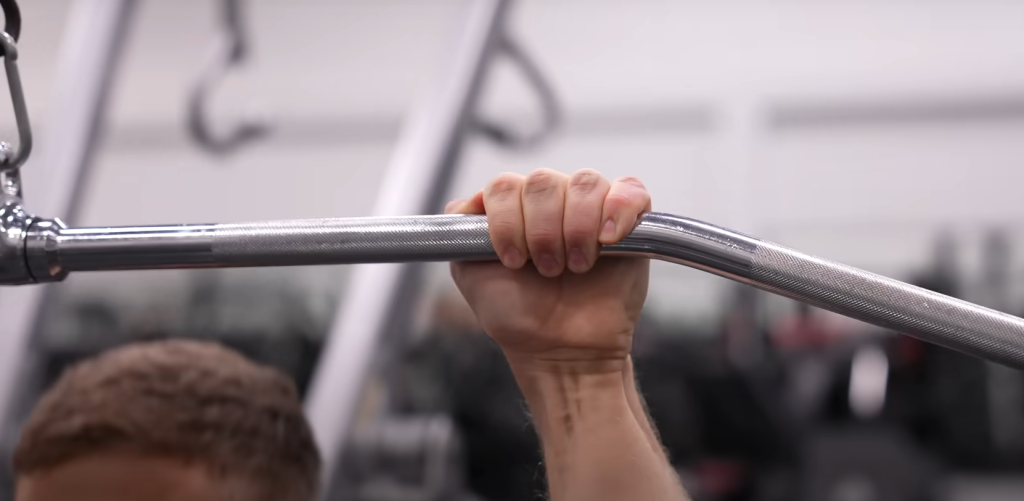
How to Perform Cable Pullovers:
- Start by setting up a cable machine with a straight bar attachment at an overhead height. Stand with your back to the cable machine, feet shoulder-width apart.
- Grab onto the bar with an overhand grip and extend your arms straight overhead, keeping a slight bend in your elbows.
- Engage your core and slowly pull the bar down towards your thighs, keeping your arms extended throughout the movement.
- Once the bar reaches waist height, pause for a second and then slowly return to the starting position with control.
- Repeat for the desired number of repetitions.
Benefits of Cable Pullovers:
- Strengthening of chest, back, and arm muscles: The primary muscles targeted by cable pullovers are the pectoralis major (chest), latissimus dorsi (back), and triceps (arms). This exercise can help improve strength and muscle definition in these areas.
- Improved stability and balance:Maintaining a stable core while performing cable pullovers helps improve balance and coordination.
- Versatility: Cable pullovers can be performed with different attachments, allowing for variation in the muscles targeted. For example, using a rope attachment will place more emphasis on the biceps and triceps, while using a straight bar will primarily target the chest and back muscles.
- Increased range of motion: Unlike traditional exercises such as bench presses or pull-ups, cable pullovers allow for a greater range of motion. This can help improve flexibility and mobility in the upper body.
- Core engagement: Keeping your core engaged throughout the movement helps strengthen and stabilize the abdominal muscles, improving overall core strength. [1]
Common Mistakes to Avoid:
- Using too much weight:It is important to choose a weight that allows you to maintain proper form throughout the exercise. Using too much weight can lead to strain or injury.
- Arching the back:To ensure proper engagement of the targeted muscles, it is important to maintain a stable and neutral spine throughout the movement. Avoid arching or rounding your back.
- Rushing through the exercise:Performing cable pullovers with controlled and deliberate movements is key to maximizing its benefits. Rushing through the exercise can decrease its effectiveness and increase the risk of injury.
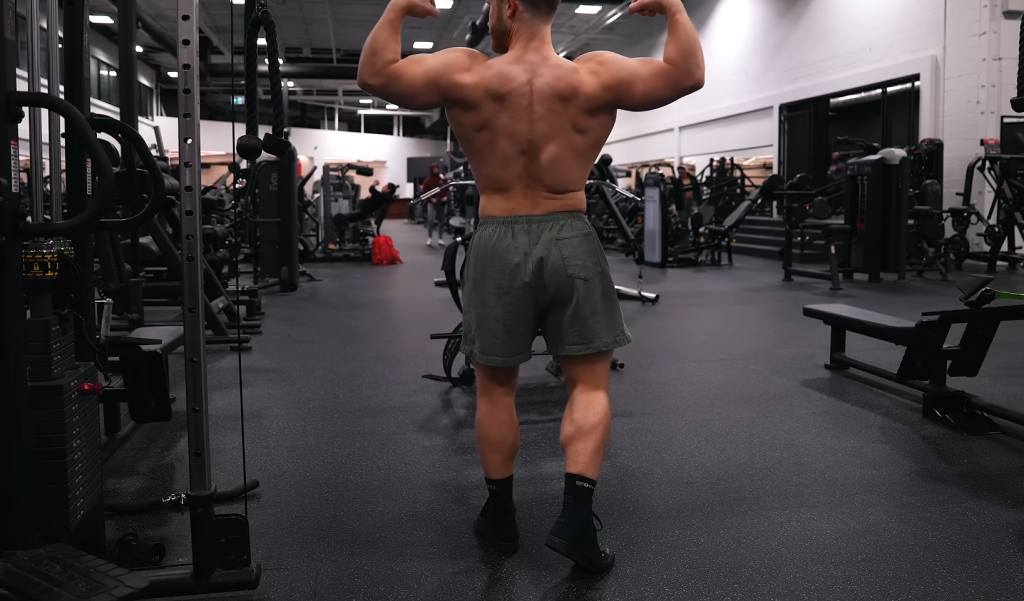
Variations:
- Single arm cable pullover:This variation involves using one arm at a time to perform the cable pullover, providing a greater challenge for stability and balance.
- Seated cable pullover:Performing cable pullovers while seated on a bench can help isolate the targeted muscles and reduce the involvement of other muscle groups.
- Incline cable pullover:By adjusting the height of the cable machine, this variation places more emphasis on the upper chest muscles.
Incorporating Cable Pullovers into Your Workout:
Cable pullovers can be incorporated into your upper body or full body workout routine. It is recommended to perform 2-3 sets of 8-12 repetitions with proper form and control. As with any exercise, it is important to warm up properly and consult a fitness professional if you are unsure about proper form or have any injuries or limitations. Adding cable pullovers to your workout routine can provide a challenging and effective way to target multiple muscle groups in the upper body. [2]
Tips for a Safe and Effective Workout:
- Always warm up properly before performing any exercise.
- Start with lighter weights and focus on proper form before increasing the weight used.
- Engage your core and maintain a stable spine throughout the movement.
- Breathe regularly and avoid holding your breath during the exercise.
- Allow for adequate rest between sets and listen to your body if you experience pain or discomfort. Adjust or stop the exercise if needed.
- Consult a fitness professional if you are unsure about proper form or have any injuries or limitations.
- Stay hydrated and fuel your body with proper nutrition to support your workouts.
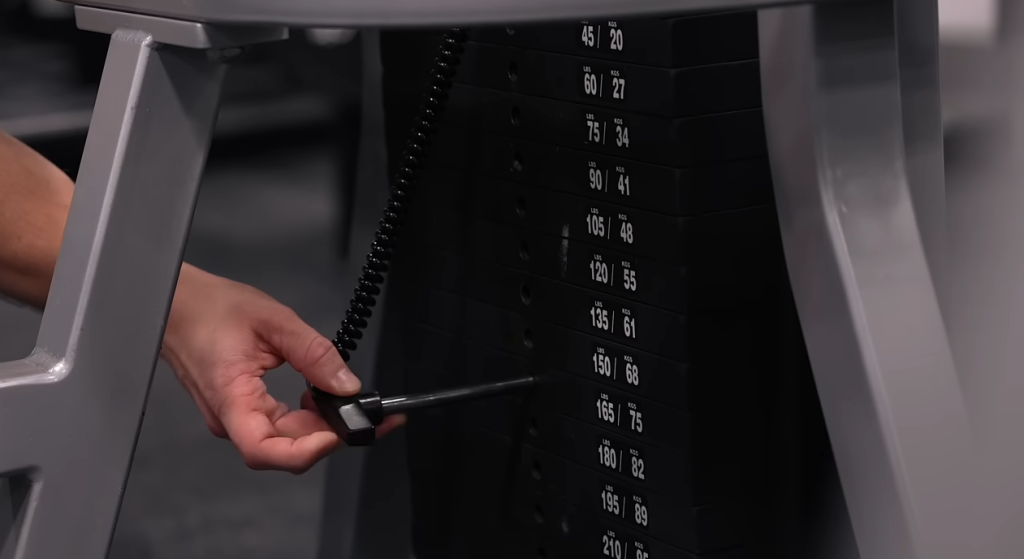
Top 15 Variations of Cable Pullover Exercise and How to Perform Them
The cable pullover exercise is a classic movement that has been used by bodybuilders and fitness enthusiasts for decades. It primarily targets the latissimus dorsi muscles, also known as the “lats”, which are responsible for pulling movements in the upper back. However, this exercise can also engage other muscle groups such as the triceps, biceps, and shoulders. In this document, we will cover the top 15 variations of the cable pullover exercise and how to properly perform them.
1. Traditional Cable Pullover
To perform this variation, stand in front of a cable machine with your feet shoulder-width apart. Grab the handle attachment with an overhand grip and bring it up to your chest. Keeping your arms straight and your core engaged, pull the handle down towards your thighs while maintaining a slight bend in the elbows. Slowly return to the starting position and repeat.
2. Seated Cable Pullover
This variation is similar to the traditional cable pullover, but it is performed while seated on a bench or stability ball. The seated position helps isolate the back muscles and prevents any momentum from being used during the movement.
3. Standing Cable Pullover with Rope Attachment
Instead of using a handle attachment, this variation utilizes a rope attachment to perform the pullover. This allows for a wider range of motion and can increase muscle engagement in the lats. [3]
4. Single Arm Cable Pullover
This version is performed by holding onto a single handle attachment with one hand while standing in a staggered stance. This allows for unilateral movement, which can help improve muscle imbalances and stability.
5. Wide-Grip Cable Pullover
By using a wider grip on the handle attachment, you can target the lats even more during this exercise. However, be sure to keep your arms straight and avoid using momentum to complete the movement.
6. Close-Grip Cable Pullover
Conversely, using a close-grip on the handle attachment can shift the focus to the triceps and inner back muscles. This variation is great for building overall strength and definition in the upper body.
7. Sloped Cable Pullover
For this variation, adjust the cable machine so that the handle attachment is at a higher position. This will change the angle of the movement and put more emphasis on the upper portion of your back muscles.
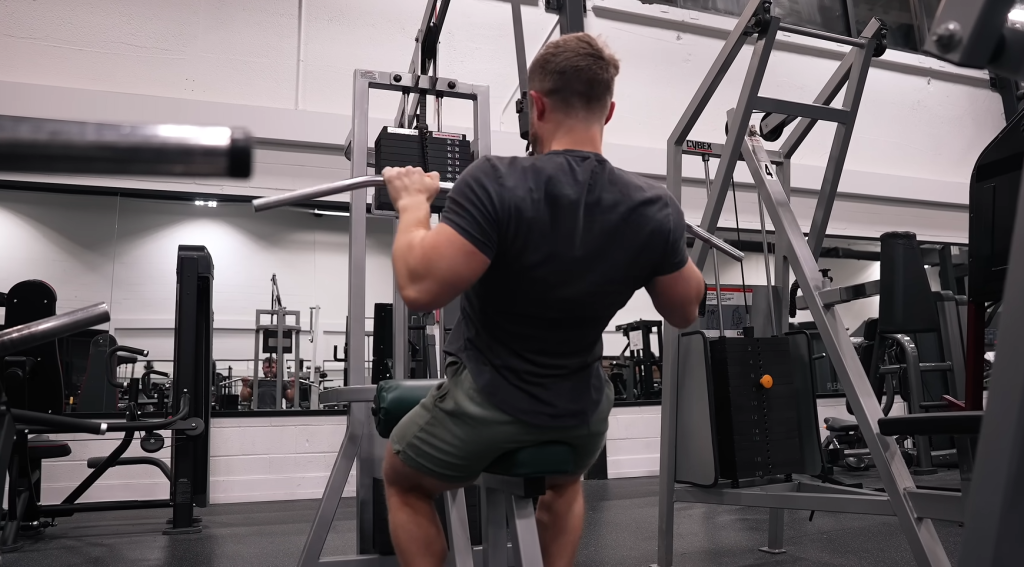
8. Incline Bench Cable Pullover
Performing the pullover while lying on an incline bench can help target different areas of the back muscles. The elevated position also adds an extra challenge to the movement.
9. Decline Bench Cable Pullover
Similar to the incline bench variation, performing this exercise on a decline bench can shift the focus to other areas of the back muscles. It also challenges your core stability and balance.
10. Lateral Cable Pullover
Stand perpendicular to the cable machine with one hand grasping the handle attachment. Keeping your arm straight, pull the handle down and across your body towards the opposite hip. This variation targets the lats from a different angle. [4]
11. Standing Cable Pullover with Straight Arm
Rather than bending your elbows during the movement, keep your arms straight for this variation. This will engage the muscles in a slightly different way and can help improve overall strength and stability.
12. Standing Cable Pullover with Bent Arm
In contrast, bending your elbows during the pullover can engage different muscles in the back and arms. This variation is great for targeting multiple muscle groups at once.
13. Kneeling Cable Pullover
Kneeling in front of the cable machine while performing the pullover adds an extra challenge to your core stability. It also allows for a full range of motion and can increase muscle engagement in the back.
14. Standing Cable Pullover with Rotation
Start by standing perpendicular to the cable machine with one hand grasping the handle attachment. As you pull the handle down, rotate your torso towards the side that is holding onto the cable. This variation targets the lats and obliques.
15. Cable Pullover with Isometric Hold
For this variation, hold the cable handle attachment at the bottom of the movement for a few seconds before returning to the starting position. This isometric hold can help improve muscle strength and endurance in the back muscles.
These are just some of the many variations you can try when performing the cable pullover exercise. By incorporating these variations into your workout routine, you can target different areas of your back and add variety to your training. Remember to always maintain proper form and engage your core throughout the movement for maximum effectiveness. As with any exercise, start with lighter weights and gradually increase as you become more comfortable and confident with the movements. [5]
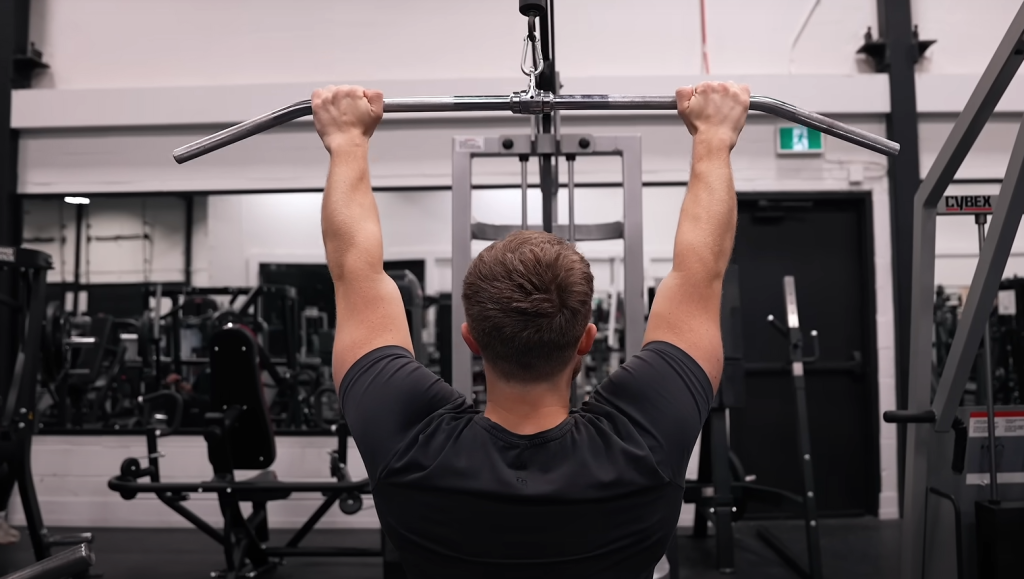
Is Pullover Good for Chest?
The cable pullover exercise is a popular choice among gym-goers and bodybuilders due to its ability to target the chest muscles. But, is it really an effective exercise for building chest muscles?
Anatomy of the Chest Muscles
Before we answer this question, let’s first understand the anatomy of the chest muscles. The main muscle group in the chest area is called the pectoralis major, commonly known as the “pecs”. The pecs are responsible for movements such as pushing and hugging, and they play a significant role in upper body strength.
How Cable Pullover Targets Chest Muscles
Now, let’s look at how the cable pullover exercise targets the chest muscles. This exercise primarily works the pectoralis major and the latissimus dorsi muscles, which are located in the back but also assist in chest movements. The cable pullover involves moving your arms from overhead to a position across your body, similar to hugging.
Benefits of Cable Pullover for Chest
The cable pullover exercise offers several benefits for building chest muscles. It allows for a greater range of motion compared to traditional chest exercises such as bench presses. This increased range of motion helps in stretching and activating the pecs, resulting in better muscle growth.
Furthermore, the cable pullover also engages the stabilizer muscles in your shoulders and back, leading to overall upper body strength development. It also helps improve shoulder mobility and can be beneficial for those with shoulder injuries or discomfort.
How Heavy Should a Pullover Be?
The weight used for cable pullovers depends on your fitness level and goals. If you’re a beginner, it’s best to start with lighter weights and focus on maintaining proper form and technique. As you progress, gradually increase the weight to challenge your muscles.
For those looking to build muscle mass, it’s recommended to use heavier weights and aim for 8-12 repetitions per set. On the other hand, if your goal is to improve muscle endurance and definition, opt for lighter weights and perform 15-20 repetitions per set.

Tips for Proper Form
To get the most out of cable pullover exercises, it’s essential to maintain proper form. Here are some tips to help you with correct form:
- Keep your feet shoulder-width apart for a stable base.
- Keep your arms slightly bent throughout the movement.
- Avoid arching your back and keep it flat against the bench or floor.
- Squeeze your chest muscles at the bottom of the movement to maximize muscle activation.
- Breathe out as you pull the weight towards your body and inhale as you return to the starting position. [6]
What Exercises Are Not Compound?
Compound exercises are movements that involve multiple joints and muscle groups in one movement. Some examples include squats, deadlifts, bench press, and pull-ups. However, not all exercises fall into this category. There are certain exercises that only target a specific muscle or group of muscles without involving compound movements. These types of exercises are called isolation exercises.
Isolation exercises usually involve a single joint and primarily target one muscle group. They are often used for bodybuilding purposes to specifically target and isolate certain muscles in order to achieve better definition and size.
Benefits of Isolation Exercises
While compound exercises are great for overall strength and functional movements, isolation exercises have their own benefits. Some advantages of including isolation exercises in your workout routine are:
- Targeting specific muscles:As mentioned before, isolation exercises are great for targeting and isolating a specific muscle or muscle group. This can be helpful if you have any muscle imbalances or weaknesses that need to be addressed.
- Improving mind-muscle connection:When performing isolation exercises, you have more control over the movement and can focus on squeezing and contracting the targeted muscles. This can improve the mind-muscle connection, allowing you to better activate and engage those muscles in other exercises as well.
- Prehabilitation and injury prevention:By targeting specific muscles with isolation exercises, you can strengthen them and potentially prevent injuries or aid in rehabilitation from previous injuries. Additionally, incorporating isolation exercises into your routine can help identify any weak areas that may need extra attention and strengthening.
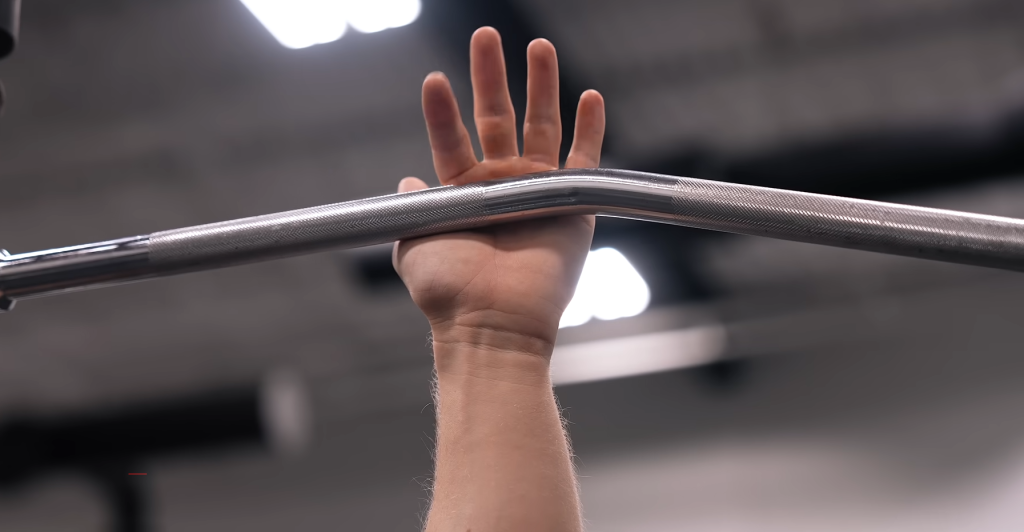
Examples of Isolation Exercises
- Bicep curls: This exercise targets the biceps muscle by only involving movement at the elbow joint.
- Leg extensions: Focusing on the quadriceps muscle, this exercise involves extending the legs from a seated position using a leg extension machine.
- Calf raises: Isolating the calf muscles, this exercise involves raising and lowering the heels while standing, either with weights or bodyweight.
- Tricep kickbacks: This exercise targets the triceps muscle by extending the arm behind the body while holding a weight.
FAQs
What muscles does the Cable Pullover work?
The Cable Pullover primarily targets the latissimus dorsi muscles, or “lats”, in the upper back. However, it also engages other muscles such as the triceps, biceps, and shoulders.
Can beginners perform Cable Pullovers?
Yes, beginners should start with lighter weights and gradually increase as they become more comfortable with the movement. It is important to maintain proper form and engage the core throughout the exercise to prevent injury.
How can I make Cable Pullovers more challenging?
There are many ways to make Cable Pullovers more challenging, such as increasing the weight, using different variations, or incorporating an isometric hold. You can also try performing the exercise on an unstable surface like a stability ball or adding a resistance band for added resistance. Always make sure to listen to your body and avoid overexertion to prevent injury.
How can I ensure my form is correct while doing the Cable Pullover?
To ensure proper form, it is important to keep your back straight and engage your core throughout the movement. Avoid using momentum and focus on pulling with your lats rather than your arms. You can also ask a trainer or workout partner to spot you and provide feedback on your form.
What equipment do I need for the Cable Pullover?
The Cable Pullover requires a cable machine and a handle attachment. Some variations may also require an incline or decline bench, depending on the equipment available at your gym. It is important to use proper equipment for safety and effectiveness during the exercise.
How many sets and reps of the Cable Pullover should I do in my workout?
As with any exercise, the number of sets and reps will depend on your fitness goals. For strength and muscle building, aim for 3-4 sets of 8-12 reps with a challenging weight. For muscular endurance, aim for 3-5 sets of 15-20 reps with lighter weights. Remember to always listen to your body and adjust the number of sets and reps as needed.
Can the Cable Pullover help improve my posture?
Yes, the Cable Pullover can help improve posture by strengthening the back muscles that are responsible for maintaining good posture. However, it is important to also incorporate other exercises and stretches into your routine to target all muscle groups involved in posture. Additionally, make sure to maintain proper form during the exercise and avoid rounding your shoulders or slouching.
Is there an alternative to using a cable machine for the Cable Pullover?
If you do not have access to a cable machine, you can try using resistance bands or dumbbells instead. These tools can provide similar resistance and allow for a wide range of motion during the exercise. However, if possible, it is recommended to use a cable machine for optimal results.
What are some common mistakes to avoid when doing the Cable Pullover?
Some common mistakes to avoid when performing the Cable Pullover include using momentum instead of controlled movements, rounding the shoulders or slouching, and only focusing on arm movement rather than engaging the back muscles. It is also important to use proper equipment and listen to your body to prevent injury. As always, consult a trainer or healthcare professional if you have any concerns or questions about performing the exercise.
Are there any variations of the Cable Pullover that I can try?
Yes, there are many variations of the Cable Pullover that can target different muscle groups and add variety to your workout routine. Some examples include standing or kneeling pullovers, rotating while performing the exercise, and incorporating an isometric hold. Consult a trainer or do some research to find more variations that work for you.
What are the benefits of including the Cable Pullover in my workout routine?
The Cable Pullover can provide many benefits, including strengthening the back muscles, improving posture, and targeting multiple muscle groups at once. It can also add variety to your workout routine and help prevent boredom or plateaus in progress. Remember to always listen to your body and use proper form for optimal results!
Can I do the Cable Pullover at home?
While a cable machine is typically required for the Cable Pullover, there are some variations that can be done at home using resistance bands or dumbbells. However, it is recommended to have access to proper equipment and space for optimal results and safety. If you are not sure how to perform the exercise at home, consider consulting a trainer or do some research beforehand.
Conclusion
After discussing the benefits, execution, and variations of cable pullover exercises, it is clear that this is a highly effective workout for targeting multiple muscle groups in the upper body. Whether you are a beginner or an experienced athlete, incorporating cable pullovers into your routine can greatly enhance your strength, stability, and overall fitness.
However, it is important to note that proper form and technique are crucial in order to prevent injury and maximize results. It is always recommended to start with lighter weights and gradually increase as you become more comfortable with the exercise.
In addition, don’t be afraid to switch up your grip or try different variations of cable pullovers to keep your muscles challenged and to avoid plateaus in your progress. As with any workout, consistency and proper form are key to achieving desired results.
Furthermore, it is important to remember that no single exercise can target every muscle in the body. It is important to incorporate a variety of exercises and workouts into your routine for balanced muscle development and overall fitness.
In conclusion, cable pullover exercises are a valuable addition to any workout routine, providing numerous benefits for strength, stability, and overall upper body fitness. With proper technique and consistency, this exercise can help you achieve your fitness goals and continue to challenge yourself as you progress. So next time you hit the gym, don’t forget to add cable pullovers to your routine for a well-rounded and effective workout.
Useful Video: The Best And Worst Back Exercises (Ranked By Science)
References:
- https://barbend.com/cable-pullover/
- https://www.setforset.com/blogs/news/cable-pullovers
- https://legionathletics.com/cable-pullover/
- https://www.muscleandstrength.com/exercises/lying-cable-pullover.html
- https://www.bodybuilding.com/exercises/cable-pull-over
- https://www.blackridgefitness.com/cable-rope-pullover-guide/

